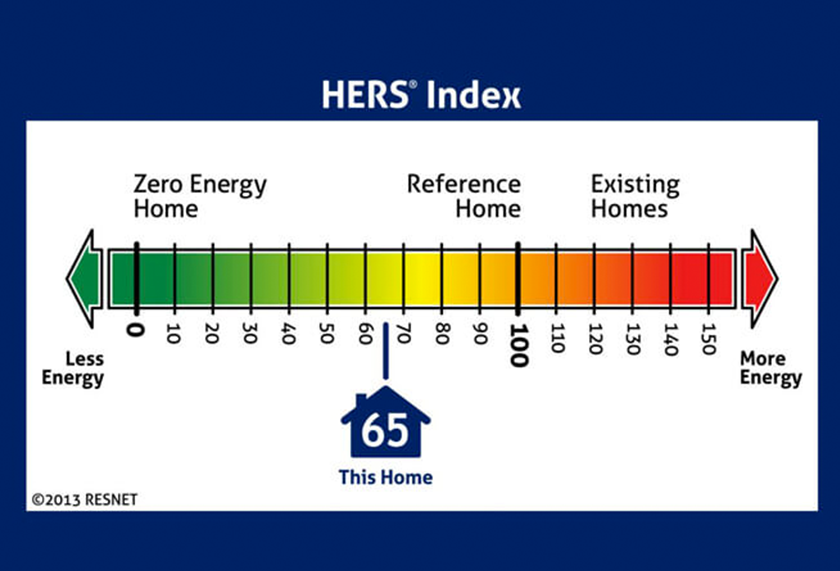The most important reason for certifying the energy performance of a home is to clearly communicate the value of the home’s added features to the marketplace. Certification supports the home’s higher appraised value and encourages higher levels of financing to cover the cost of energy improvements. In a rental market, certification can make the case for higher rents. While the financial benefits of living in a zero energy home are clear, real estate professionals (brokers, appraisers and lenders) are just beginning to embrace the additional market value offered by zero home certification. Third-party certification is an important way to verify that the home is a genuine net zero home under normal use conditions.
The energy analysis used in most certification methods is based on the energy consumption of average families, so even if a home is certified as a net zero energy home, it may not reach zero energy performance if residents have above average energy consumption habits. Just as the MPG rating on a car cannot guarantee that drivers with poor driving habits will get the rated fuel efficiency, neither can zero energy certification guarantee that a home will achieve net zero energy consumption for residents whose energy use habits are above average. Nonetheless, zero net energy certification gives all stakeholders reliable information that the home’s energy performance and financial returns will benefit its occupants and that it will be a zero energy home with average, or below average, energy use by its residents.


 Next
Next


